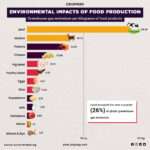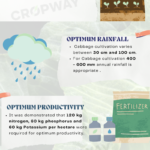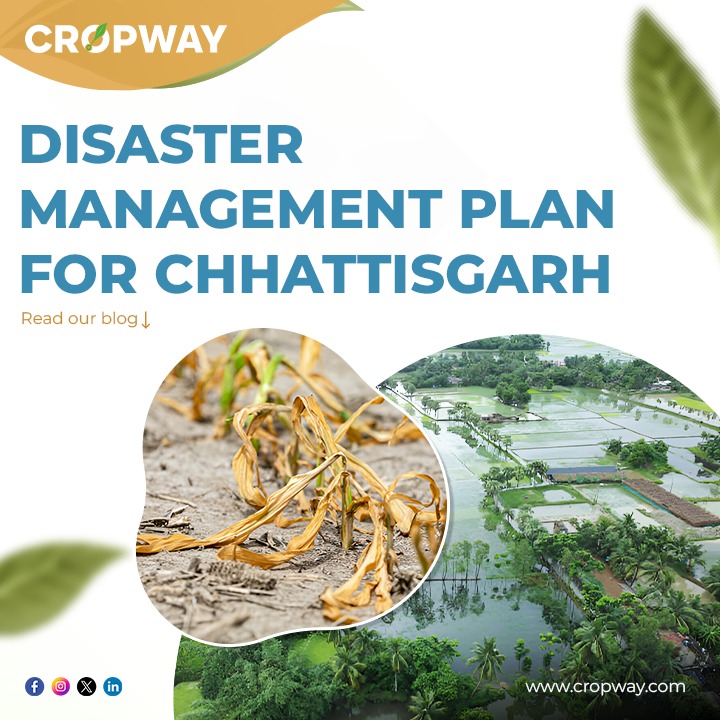
Disaster Like Drought, Flood & Hailstorm Management Plan for Chhattisgarh
This blog will explore the comprehensive disaster management plan specifically tailored for Chhattisgarh, focusing on mitigating the impact of natural calamities such as droughts, floods, and hailstorms. We’ll delve into the strategies, protocols, and initiatives undertaken to minimize the damage caused by these disasters and ensure the safety and well-being of the people of Chhattisgarh.
1) Drought
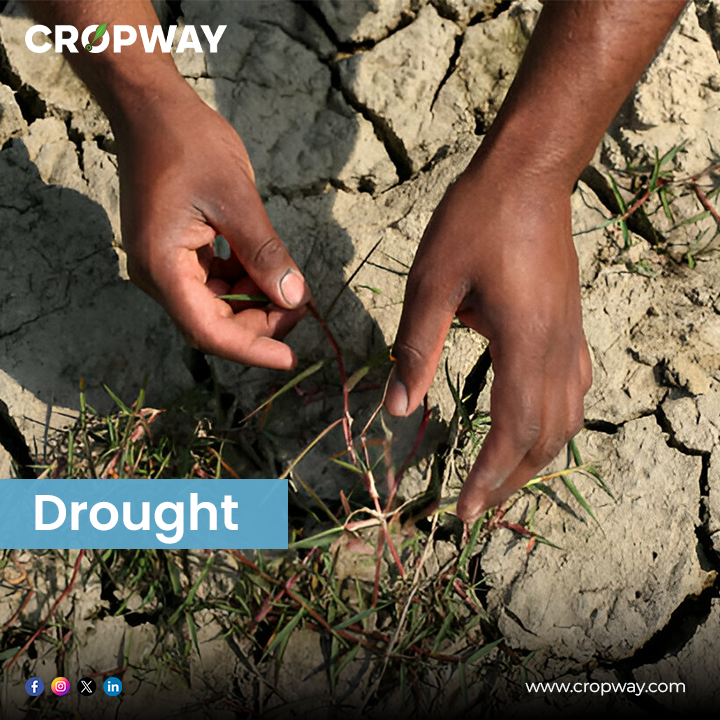
- Drought poses a significant threat to the state.
- Over the past 17 years, diverse drought patterns have been observed, impacting the entire state, specific areas, and certain districts.
- Four districts have been identified as severely drought-prone, namely Baloda Bazar, Bemetara, Mungeli, and Kabirdham, experiencing prolonged dry spell.
- Districts have been categorized into highly drought-prone, medium drought-prone and less drought-prone based on rainfall data.
a) Early season drought: Monsoon delay by 6 weeks (August first week)
- In exceptional and uncommon circumstances, farmers are advised to choose horse gram and niger crops instead of mung and urad crops in upland unbunded bharri situations due to their ability to thrive with minimal water requirements.
- In regions where groundnut is cultivated, urad should be grown instead, with recommended varieties including PTU4, TU94-2, Pant-U31, KU96-3, and TAU2.
- Mung is preferable to sesame.
- For bunded upland bharri situations, it is recommended to sow sprouted seeds (lai-chaupa) using the lehi method of rice cultivation. Rice varieties such as Indira barani dhan-1, Samleshwari, Danteshwari, MTU-1010, and Purnima are suitable for midland/lowland conditions.
- Farmers may also opt to replace rice crops with mixed or intercropping of pigeon pea and mung (4:2) or sesame and mung (4:2).
- Additionally, coriander crops are recommended over lathyrus and safflower.
b) Normal onset of monsoon, mid-season and terminal drought
- In such situations, it is advisable to practice inter-tilling for soil mulch.
- Mulching with materials like paddy straw, plastic, or locally available options can aid in preserving soil moisture.
- Compartmental bunding in vertisols is recommended.
- Ridge and furrow systems, along with tied ridges, can effectively retain rainwater during the kharif season for the regular sowing of rabi crops.
- Gap filling and sowing sprouted seeds (lai-chaupa) using the lehi method of rice cultivation are recommended practices.
- It is advised to sow relatively early varieties such as Chandrahasni, Bamleshwari, Karma mahsuri, Indira Barani Dhan, Samleshwari, and Sahbhagi Dhan in midland and lowland farming conditions.
c) Mid-season drought (long dry spell, consecutive 2 weeks rainless )
- During the vegetative stage for rice, mung, urad, and other crops, essential practices involve weed management and pest protection.
- Farmers are encouraged to refrain from applying urea as a top dressing during this period.
- For farmers with access to water harvesting structures and micro-irrigation systems like drip and sprinklers, additional irrigation can be provided as necessary.
- Increasing the seed rate of rabi crops by 25% and implementing zero tillage methods for sowing rabi crops are recommended to enhance income from second cropping.
Do’s and Don’ts for Drought/Dry spell in Agriculture
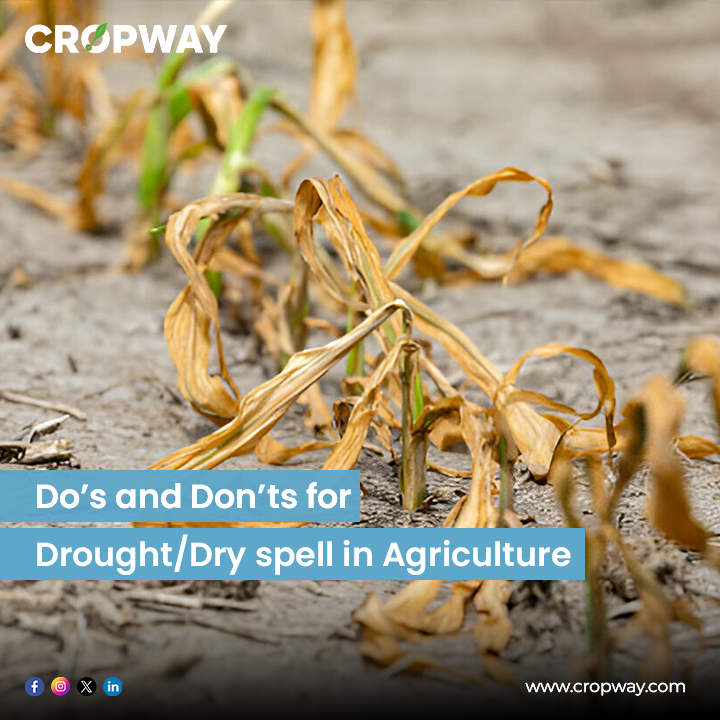
- Do’s
- Implement rainwater harvesting techniques such as farm ponds, community tanks, watershed management, and reservoirs to conserve water.
- Restore and maintain local water bodies before the onset of the rainy season.
- Opt for drought-resistant or low-water crop varieties and plants.
- Cultivate drought-tolerant grasses, shrubs, and trees to preserve soil moisture.
- Use efficient irrigation methods like sprinklers or drip irrigation, preferably during the evening hours.
- Implement water conservation practices.
- Utilize available water resources for irrigation purposes.
- Clear fields of weeds, utilizing them for mulching to prevent water loss, and conduct intercultural operations to conserve soil moisture.
- Develop contingency plans for delayed monsoons or dry spells, with suitable cropping patterns.
- Promote short-duration crops in drought-prone areas and ensure availability of seeds with short maturation periods.
- Maintain a stock of high-quality seeds for timely distribution.
- Encourage agricultural practices such as mulching, weed control, and intercultural operations.
- Support afforestation efforts with tree species like Subabul, Seemaruba, Casurina, and Eucalyptus.
- Ensure sufficient availability of quality fodder and provision of cattle camps.
- Manage sucking pests and minimize insect and pest infestations through Integrated Pest Management (IPM) practices.
- Advocate for crop insurance coverage for all farmers, regardless of debt status.
- Apply foliar sprays of nitrogen fertilizers and micronutrients during dry spells to enhance crop endurance.
- Employ skip-row irrigation in wide-row crops such as cotton.
- Reduce plant population to minimize moisture loss through transpiration.
- Use antitranspirants like Kaolin, Cycocel, and Phenyl Mercuric Acid (PMA) where necessary.
- Adjust fertilizer doses or timing of application as per drought conditions.
- Implement in-situ conservation practices such as field leveling, bunding, trenching, terracing, and fallow plowing to prevent runoff losses of water and topsoil.
- Don’ts
- Avoid planting high-water-demanding seeds or crops, and refrain from irrigating crops in the morning.
2) Flood

- Floods pose the greatest threat among all natural hazards in the state, constituting one of the most severe natural calamities.
- In essence, the state is highly vulnerable to flooding.
- Records indicate that more than 80% of the yearly rainfall transpires during the three-month monsoon period.
- This often leads to poor drainage of heavy silt, resulting in sudden floods and breaches in embankments.
- Analyzing historical flood data, all 33 districts have been classified into three levels of flood risk: low, moderate, and high.
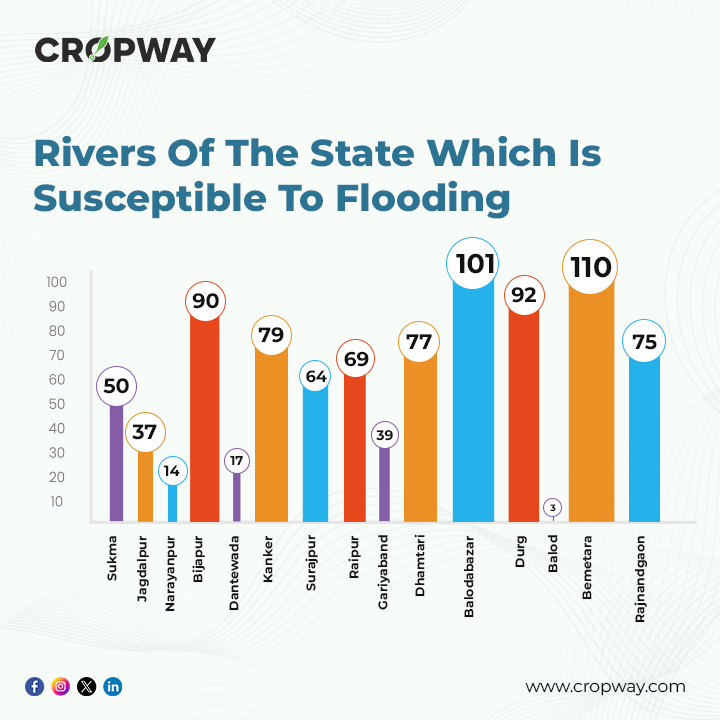
Recommended adaptation and mitigation strategies against flooding
- Indigenous furrow makers using tractors are effective for managing crops.
- Secondary reservoir methods are used to store surplus rainwater.
- The SRI marker is employed to create grids, while tractor-drawn raised bed planters and ridgers are used for cultivation.
- The SRI technique is applied for drainage.
- Various techniques are advised for different crops during heavy rainfall or flooding. Surface drainage is recommended for vegetable crops like tomato, brinjal, coriander, garlic, and onion.
Do’s and Don’ts for Floods in Agriculture
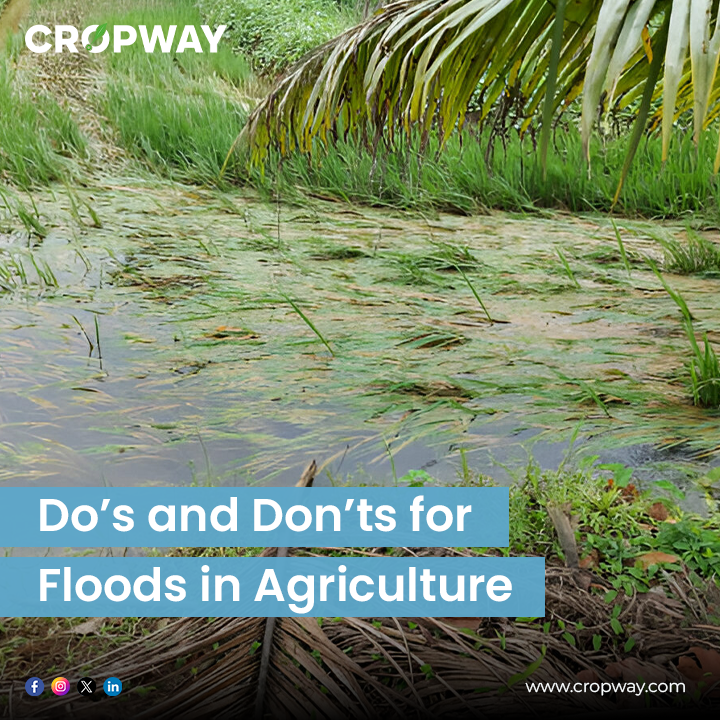
- Do’s
- Opt for crop varieties that can withstand submergence in flood-prone regions.
- Drain excess water from fields following floods.
- Establish community nurseries with short-duration high-yield rice varieties on elevated lands in heavily flood-affected areas. Once floodwaters recede, transplant these seedlings.
- If main field seedlings or rice crops are completely damaged, consider late and staggered planting using surviving seedlings.
- Choose arhar and sesame for cultivation in highland areas.
- Harvest matured crops immediately upon receiving heavy rainfall forecasts and store them in a secure location.
- For partially affected fields, drain excess water from rice fields and apply 1/3rd Nitrogen + 50% K20 as top dressing if the crop is at the tillering stage.
- Directly seed rice with photoperiod-insensitive short-duration varieties if crops are damaged by floods.
- Make alternative seed arrangements if seeds are washed away by floods.
- Apply excess nitrogen to flood-affected crops after floodwaters recede.
- Don’ts
- Avoid leaving harvested crops exposed in open fields.
- Prevent prolonged water logging, as it can result in decay and disease development.
3) Hailstorm
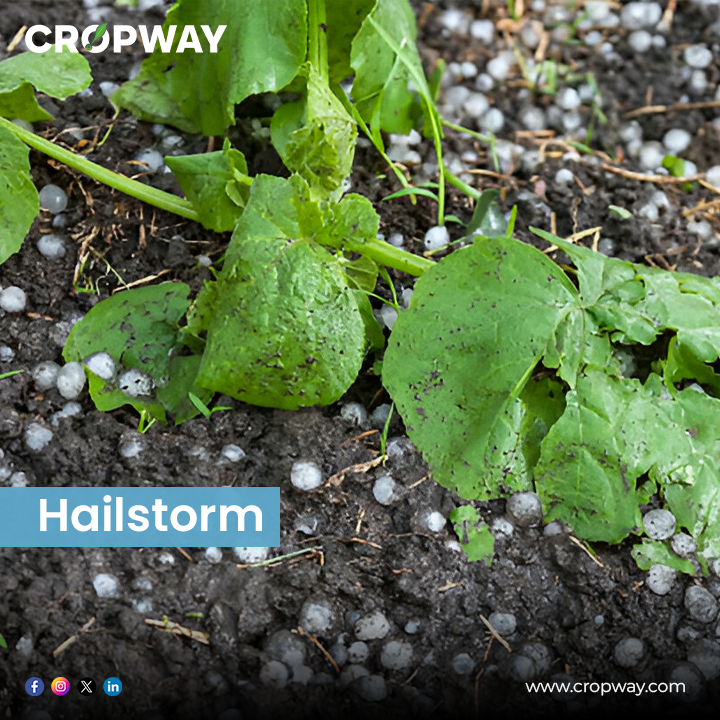
- In India, unexpected rain and widespread hailstorms often occur during February-March.
- Hail is considered a severe event in agriculture due to its destructive potential.
- A single hailstorm in an orchard can devastate fruit production entirely and cause damage to trees.
- Different crops experience varying degrees of damage from hail.
- Delicate crops like broccoli, tomatoes, spinach, and soybeans can sustain significant damage even from hailstones as small as 6.4 mm in diameter.
- Fruit crops like apples and peaches are vulnerable to bruising from small to moderate-sized hail, resulting in reduced quality and potential loss of value.
a) Hail damage to agriculture
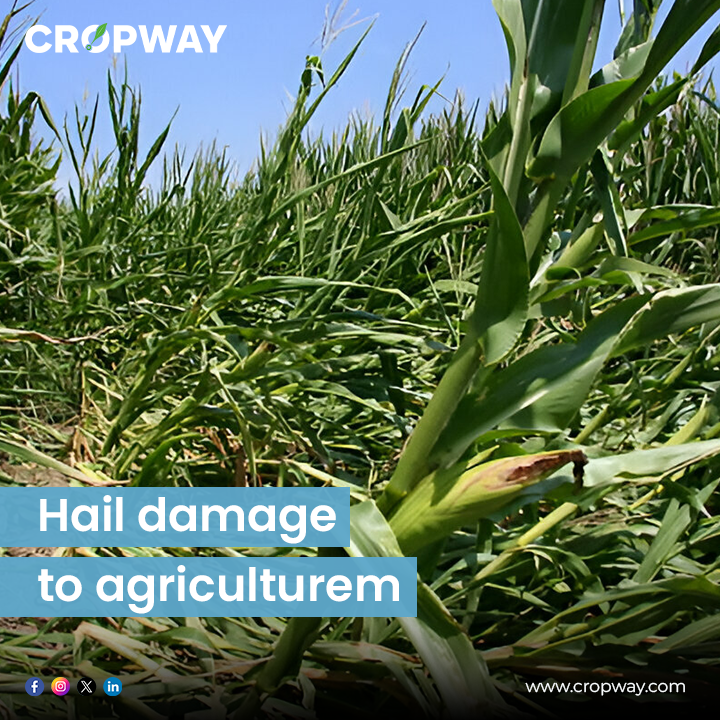
- When a hailstorm occurs, it can have direct and indirect impacts.
- Direct effects include mechanical damage such as lodging of plants, uprooted trees, and crops, as well as partial loss like defoliation, shredding of leaves, and breaking of branches.
- Indirect effects may cause physiological disorders, depending on the type and stage of crops/animals/birds.
- Damage to mature produce can attract diseases like brown or grey rot smut.
- Primary injuries, like dieback or wilting, and discoloration of damaged parts, such as leaves and fruits, affect their quality and may lead to rotting due to fungal and bacterial infections.
- Heavy rain, hail, and strong winds affect crop yield differently, especially depending on the growth stage.
- Roots may lose contact with the soil during heavy rain or hailstorms, weakening soil strength and increasing plant load.
b) Hailstorm management/coping management
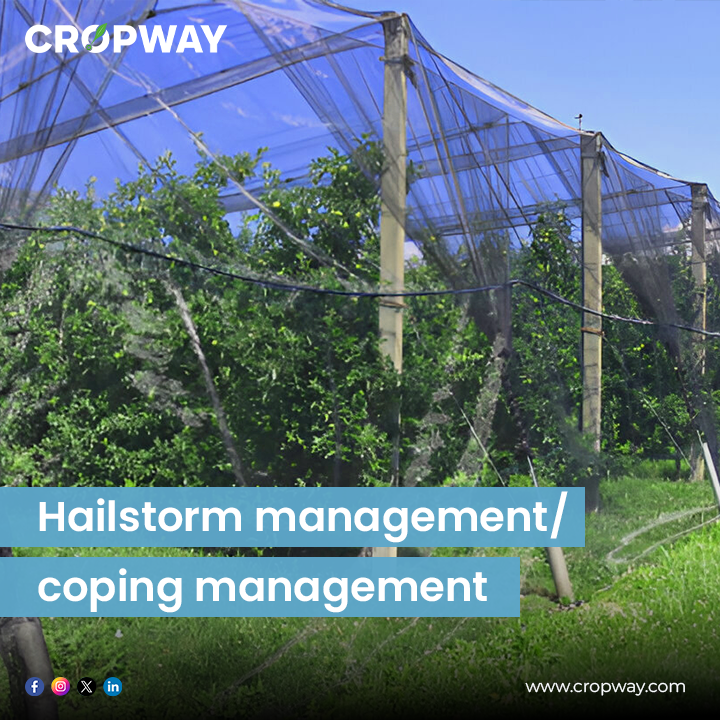
- Consider waiting for the next sprout before deciding whether to abandon orchards entirely or replace damaged trees.
- Planting tree shelterbelts can significantly reduce hail damage in nearby areas, as hails often come with strong winds.
- Protective screens, like anti-hail nets, placed above crops can be beneficial, especially for high-value crops, although they may not fully protect against severe hailstorms.
- Shade nets are another option, particularly for high-value crops in regions prone to hailstorms.
- Insurance is a reliable method for farmers to minimize hail losses, commonly used for adjusting economic impacts on crops and property.
- While government support for hail insurance exists, simplifying the relief access process is necessary.
c) Crop specific management
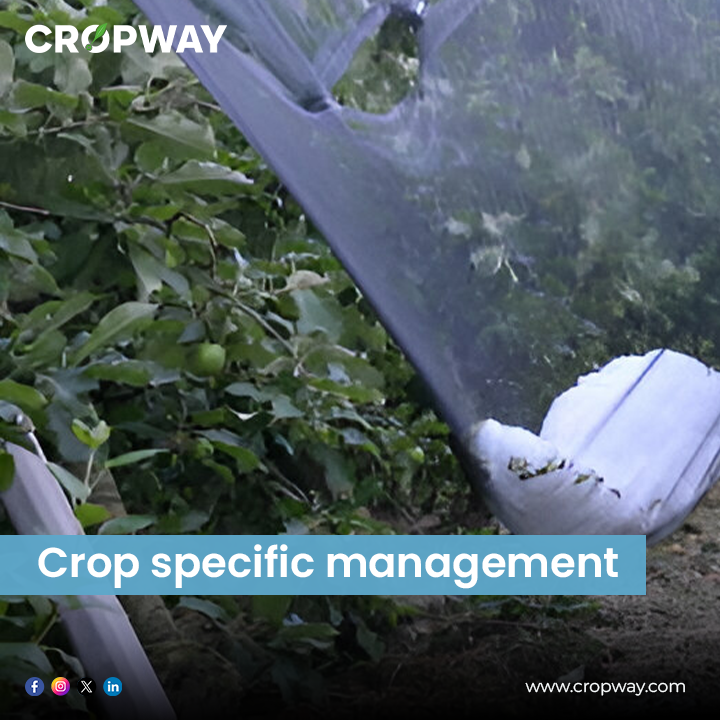
- Consider waiting for the next sprout before deciding whether to abandon orchards completely or replace damaged trees.
- Planting tree shelterbelts can significantly reduce hail damage in nearby areas, often accompanied by strong winds.
- Protective screens, like anti-hail nets, placed above crops can be effective, especially for high-value crops, although they may not fully protect against severe hailstorms.
- Shade nets are another option, particularly for high-value crops in regions prone to hailstorms.
- Insurance is a reliable method for farmers to minimize hail losses, commonly used for adjusting economic impacts on crops and property.
- While government support for hail insurance exists, simplifying the relief access process is necessary.
- The yield improvement ranged between 14 and 26%, with urea drenching proving to be the most effective method.
- Pruning at 20 cm of two-month-old transplanted brinjal crops affected by hail showed greater advantages compared to pruning at 30 cm, resulting in a higher number of branches from basal nodes and higher biomass per plant.
- Deep pruning only delayed flower bud formation by 3–4 days in plants pruned at 20 cm height compared to unpruned plants.
- Timely removal of damaged fruits and dried twigs/branches from plants facilitated faster recovery of the crop and also aided in fruit picking and other operations.
- Foliar spray of nitrogenous fertilizers such as urea (2%), KNO3 (2%), and thiourea (10 μM) improved plant growth and development, monitored in terms of plant height, branch, and chlorophyll index.
Conclusion: Disasters can strike unexpectedly and anywhere, bringing sudden devastation. Preparedness planning is crucial, particularly for agriculture, to safeguard farms, crops, and those dependent on them. It involves protecting assets and optimizing resource utilization to address any disaster effectively. Various management techniques for recovering different types of field and fruit crops have been assessed. The crop-specific strategies discussed aim to aid in devising plans and strategies to mitigate the impacts of such calamities if they occur in the future. Emphasis has been placed on the necessity for research, relief efforts, and financial support for farming communities affected by droughts, floods, and hailstorms.
You might also want to read our article on Bioinformatics in agriculture






